Dyson Fan Review (the Air Multiplier) – Dyson shocked the world when its latest innovation, named the Dyson Air Multiplier (or simply known as the Dyson Fan), made a debut in television, internet, and magazines. People scratched their heads when they first saw the unit advertised as a fan. The design is new and innovative. But even more people scratched their heads when they saw the price. It is tough to compare a few hundred dollars fan compared to our conventional fan worth less than $50.
James Dyson can explain everything to you but you may not always understand what he’s talking about. So what makes the Dyson Air Multiplier expensive and special?
Before we talk about why you should spend the money for the fan, it’s probably a good idea to talk about how it works (as most of you might not have heard or seen the Dyson’s Air Multiplier before). But let’s have a closer look on the fan first.

Closer Look
The power, airflow control switch, and the oscillation control buttons:
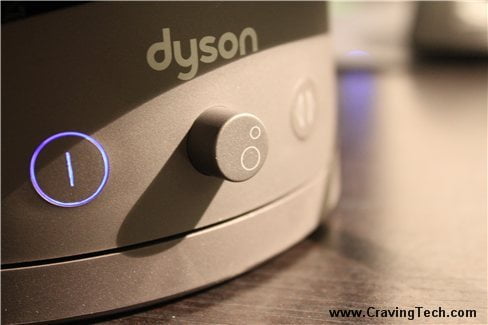
It can also be tilted up and down:
How Dyson’s Air Multiplier (Bladeless Fan) works
Just like the conventional fans, Dyson’s bladeless fan also requires some degree of air as its input. The air is sucked through the tiny holes on the body of the fan (see picture below):
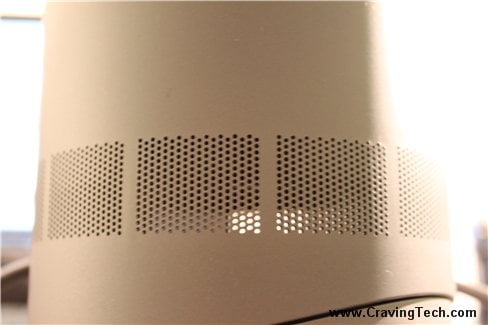
I can confirm this because when I got the review unit from Dyson, the holes were sealed and no air came out from the fan until I removed the seals. The air is drawn using a combination of technology used in turbochargers and jet engines to generate a powerful airflow. The air is then amplified 15 times by Dyson’s technology “behind the scene” through lots of 1.3mm tiny holes shaped like a cross section through an airplane’s wing. Anyway, check out the animated video from Dyson below to understand it clearer:
Even if you still don’t understand it, it doesn’t matter. You’ll appreciate it more if you understand what’s going on behind the scene but you don’t have to. So let’s take a look at the Dyson’s Air Multiplier features.
Highlighted Features
The most innovative thing about the Air Multiplier is that it has no blades! Now this is not entirely true. Dyson Air Multiplier does have blades but it’s nowhere visible and you can nowhere accidentally reach them (I think I saw this when Dyson himself opened up the fan and explained how it works). However, the fan has no blades whatsoever exteriorly. Dyson Air Multiplier vs Conventional Fans? Let’s take a look!
No Blades – Safer for you, your kids, and….your pets!
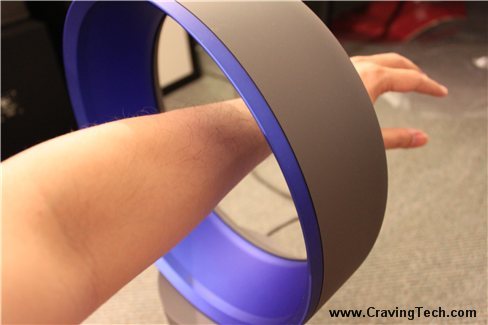
Having no blades means that you can turn your fan on during summer without having to monitor your curious kids (oh how they want to touch everything they see!). Now, that includes your cats, dogs, or what have you. Instead of keeping the fan for their safety, you keep them for the safety of the fan! (it’s not fragile but you don’t want them to scratch or break it for the price you are paying)
Constant and Comfortable Airflow
On conventional fans with blades, you can feel the air slapping your face (called buffeting) at its highest settings. The air is not constant and quite irritating if you really think about it. With the Dyson Air Multiplier, the air is constant and comfortable. It feels like opening a small window in your room with the nice breeze coming through. Even at its highest settings, the air flow feels the same, just stronger.
Easy to clean
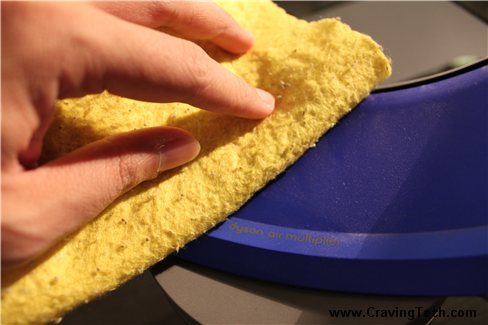
With the weird positioning of the conventional fan’s blades and the horrible-to-clean cover, cleaning a conventional fan take ages and unpleasant to do. With the Dyson Air Multiplier, you only need a cloth to wipe its surface to keep it clean. Very easy and simple to do, meaning you’ll probably clean it more than you did with a conventional fan.
Hygiene
Related to the point above, dusts and molds are normally get stuck on conventional fan’s blades and cover. Meaning, whenever it blows the air at your face, it blows those dusts and molds straight at you too! I never thought about this until Dyson made me aware why the Air Multiplier is more superior without the blades!
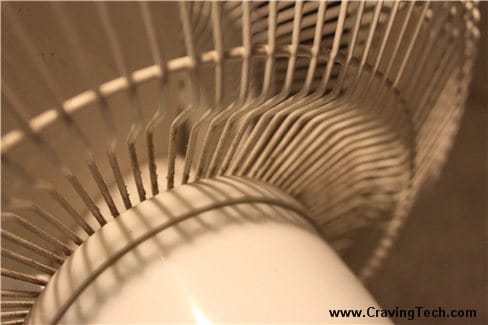
Dimmer Switch Control
With my conventional fan, I can only choose between 3 power settings: 0 (off), 1, 2, and 3 (max). With Dyson Air Multiplier, I could turn the dimmer switch control to adjust how much air I want the fan to blow. At first I didn’t think that this feature is a big deal, but after using it for a month (yes it’s summer here in Aussie), I fully appreciate this. On very hot nights (34-35 Celsius), I appreciate the fact that I could adjust it the way I wanted it to because I normally set the fan to blow straight to my face to accompany my beauty sleep. On my older fan, I wish I could set the power to 1 1/2 or 1 1/4 at times. This is no big deal on the Dyson Air Multiplier. Just turn the control and stop where you want it to.
Unfortunately at its highest settings, the Dyson’s fan makes quite a noise. Not so much on the lower settings, though. If you are after a quiet fan, unfortunately Dyson Air Multiplier may not suit your need. It’s better if you go to a shop and see it in action to see whether you can tolerate the noise level.
Easy touch to tilt
With the conventional fan, it’s a bit hard to adjust and at times I got scared that I was going to break it. Dyson Air Multiplier provides a much easier way to adjust its pivot. Simply touch the tilt base to adjust: push it or pull it. You only need one hand to adjust it which is great for a lazy bump like me. Often I woke up in the middle of the night while the fan was on, and I wanted to make the fan blew the air above my face instead of going straight at it. With the old fan, I needed to do an “extra work” *ahem* to adjust the pivot. With the Dyson’s Air Multiplier, I just used one of my hands to pull it without changing my bed position. Great :D
Sturdy
I accidentally dropped the fan once (yikes!) when I tried to close my Window with the fan sitting next to it. Thankfully it didn’t break (well it dropped on the carpet) but I was pretty scared. But if you’re wondering whether the Dyson Air Multiplier is made with a cheap plastic material, it isn’t. Quoted from Dyson’s official press release:
The Dyson Air Multiplier™ is constructed from tough Acrylontride butadiene styrene – ABS (C8H8 C4H6 C3H3N). ABS is a tough thermoplastic used to make light, rigid and moulded products. It has shock absorbing properties and is used to make car bumpers, crash helmets and modern golf club heads. It’s used in Dyson vacuum cleaners and Airblade™ hand dryers too.
Which I guess explains why the price is quite high as it is made with good quality materials, not some cheap plastics.
40 Watt power
Despite of what people might think about the fan using a lot of power, it doesn’t. From the product specification, the Dyson Air Multiplier fan is powered by a brushless 40-Watt DC motor. This is about the same power used for a conventional fan.
Using the Belkin Conserve Insight, the fan only consumes 28.7 Watts of power, which is equivalent to paying $3.73 per month.
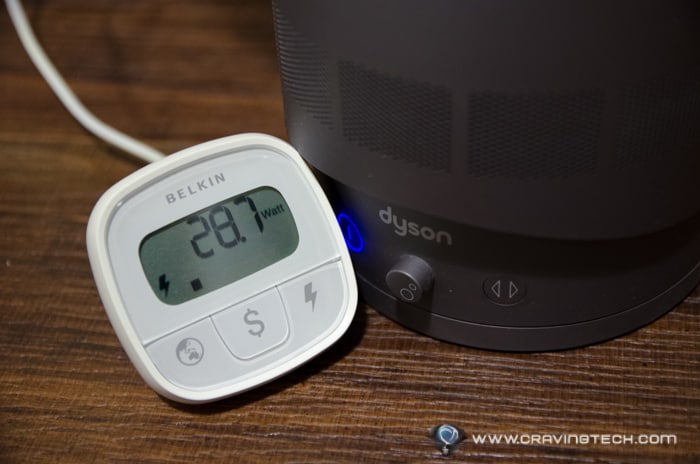
Lightweight
Dyson Air Multiplier is also very light so it is easy to carry around to different rooms in your house. Unfortunately it doesn’t have a hold handle so although it’s light, it can be carried easily with one hand.
Conclusion
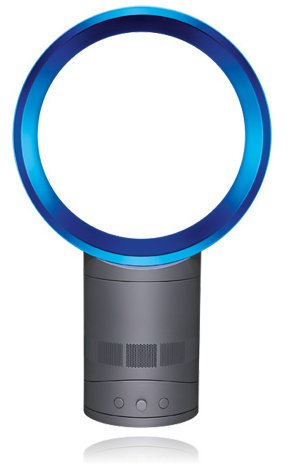 This comes to the most question people asked me whenever they saw the fan and trying to read this post: Does it worth the price? The answer is, it depends. If you think that the Dyson’s Air Multiplier fan can cool your room, then you are wrong. It circulates and amplifies the air around it just like what a fan will do. With that price, you might as well buy a cooler (although you have to think about the electricity bills). However, as a fan, Dyson Air Multiplier excels in every area:design, innovation, looks, and features.
This comes to the most question people asked me whenever they saw the fan and trying to read this post: Does it worth the price? The answer is, it depends. If you think that the Dyson’s Air Multiplier fan can cool your room, then you are wrong. It circulates and amplifies the air around it just like what a fan will do. With that price, you might as well buy a cooler (although you have to think about the electricity bills). However, as a fan, Dyson Air Multiplier excels in every area:design, innovation, looks, and features.
Dyson Air Multiplier design is innovative and looks great. It comes with 2 color variations: silver and blue. I have the blue and I actually like it better than the other, but I guess it depends on the interior design of your house/room. The fan is packed with features that I’ve already explained specifically above. Compared to the old conventional fan, Dyson Air Multiplier is superior in every single area. I have to give a good thumb up about the air breeze though. It is comfortable, constant, and it really feels like a fresh air coming in from your windows.
The only drawback of the Dyson Air Multiplier is probably the noise as the air is multiplied 15 times through its tiny holes. On its highest settings, the sound it makes is almost similar to a hair drier (although not as loud).
If you are looking for a fan and you’ve got the money, get it.
If you are concerned with the safety and hygiene of your children, get it.
If you are tight on budget and you are certain that you can live with your old fan, then don’t buy it.
Pros
+ Luxurious
+ Looks really good anywhere in the house
+ Sturdy design
+ Good material quality
+ Easy to clean
+ Safe for kids, no blades
+ No buffeting, fresh feeling
+ Can adjust the power level
+ Can rotate like the conventional pedestal fan
Cons
– Noisy on higher settings
– Price
[AMAZONPRODUCTS asin=”B0076ZGFYW”]
Note: Review sample was sponsored by Dyson for the review. All opinions are 100% mine. Photos taken with Canon EOS 500D.







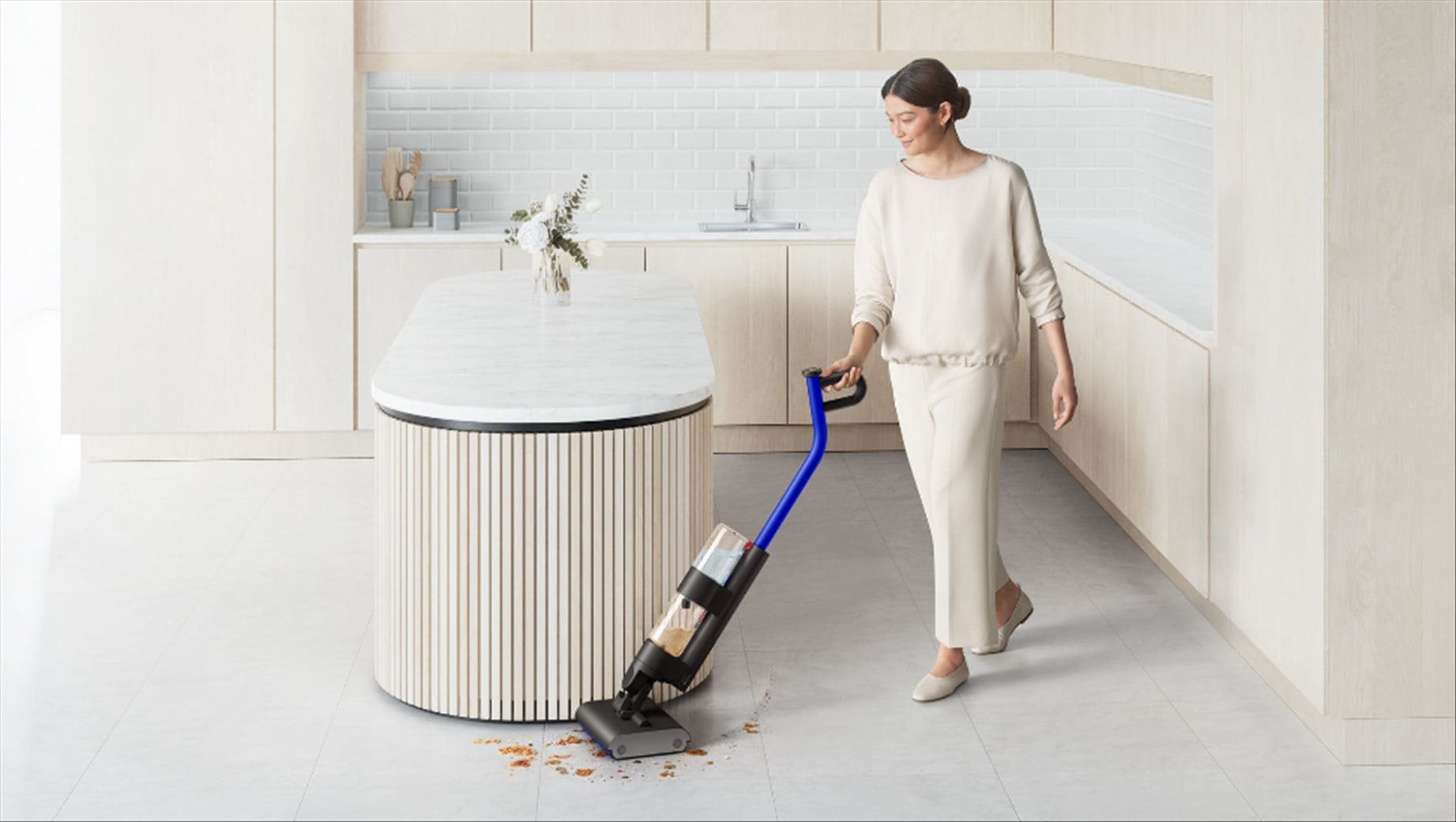

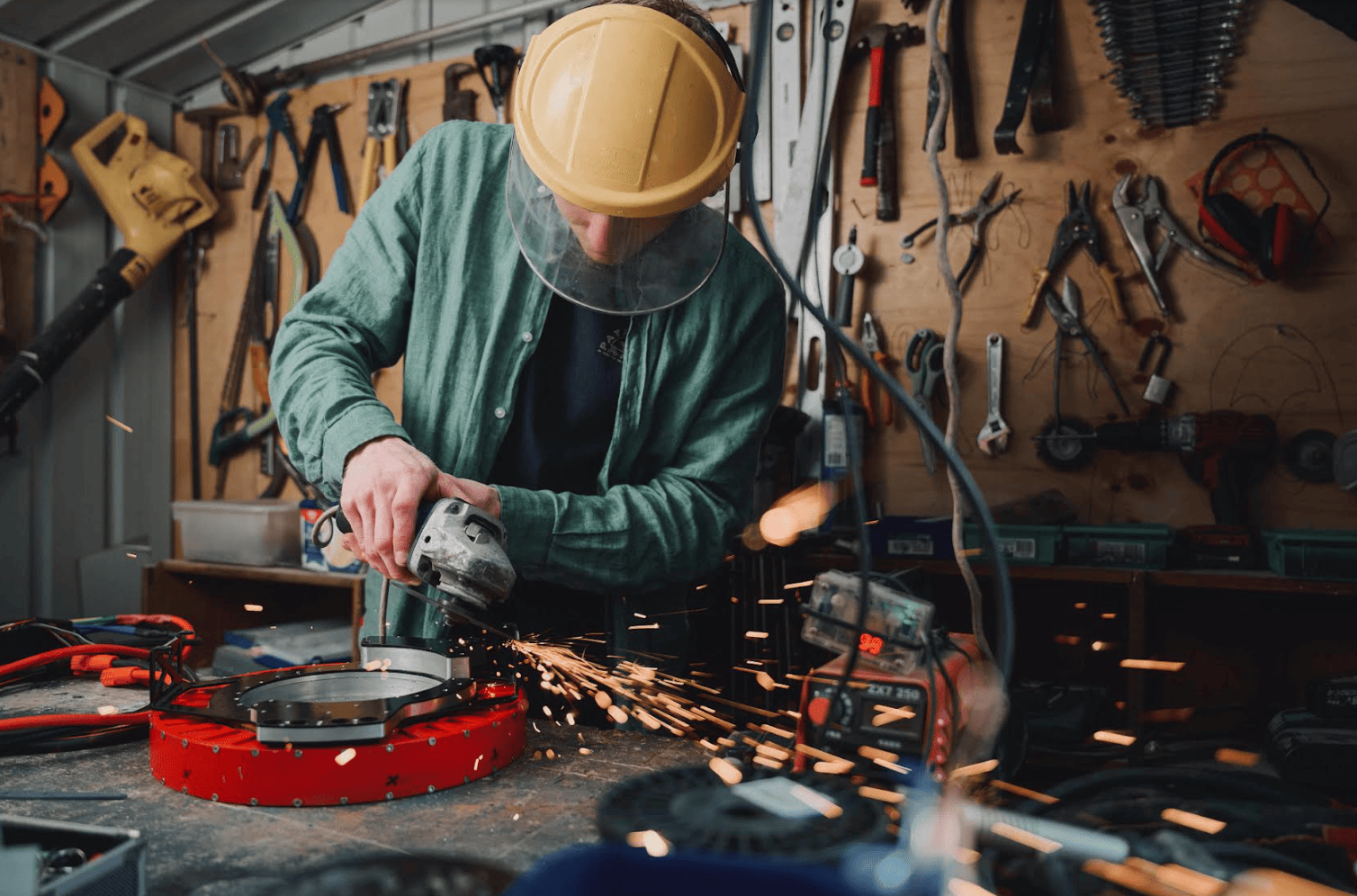
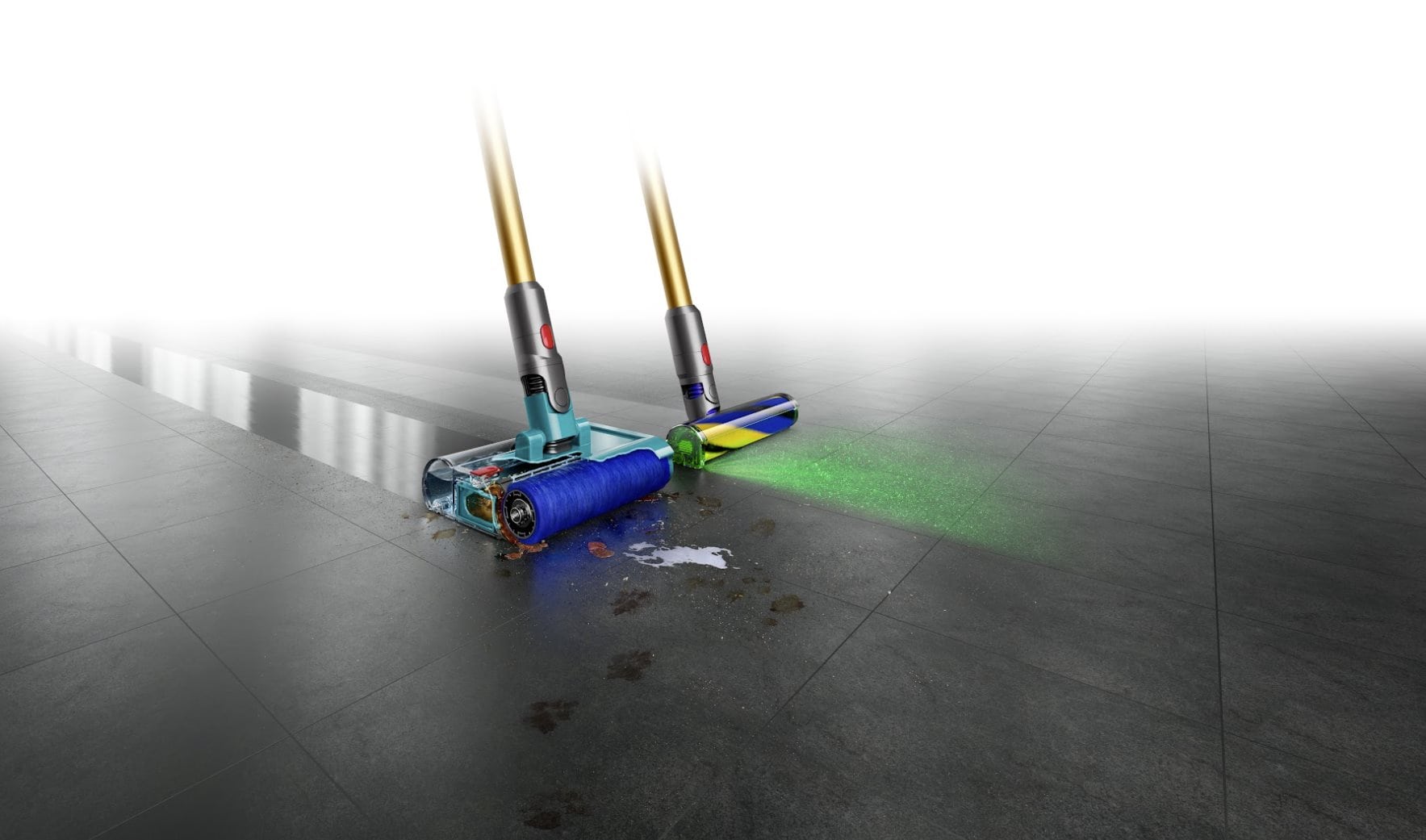
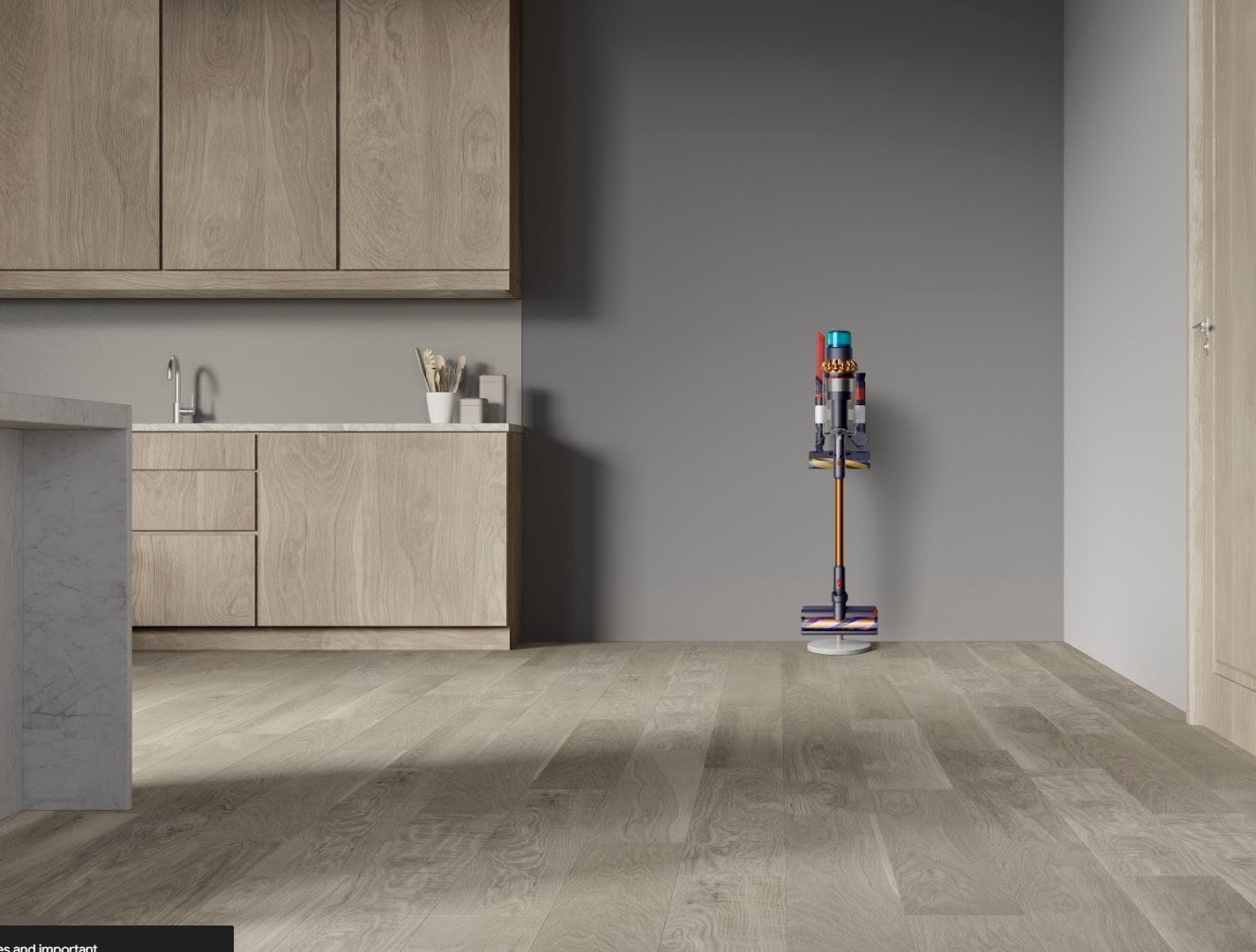
Comments are closed.